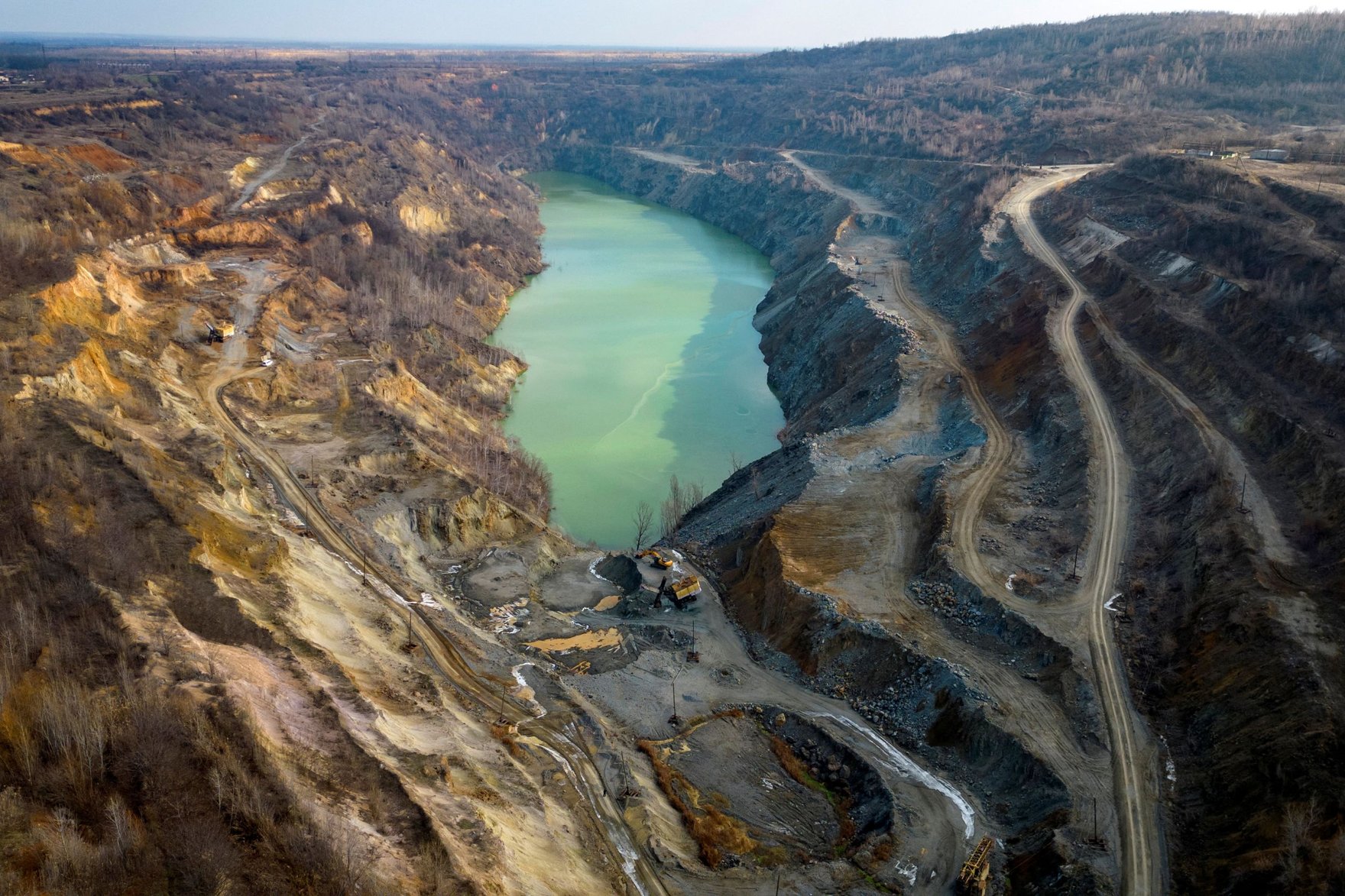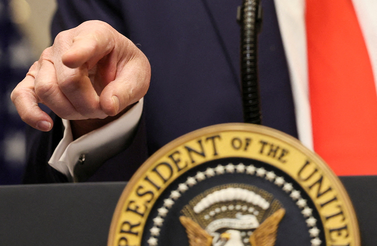In May 2025, Ukraine and the United States signed a minerals deal. A first-of-its-kind agreement, it allows future revenues from the extraction of Ukraine’s critical minerals to be used to finance defense procurement. The Verkhovna Rada of Ukraine — the parliament — ratified the document on May 8 and a bilateral Joint Investment Fund for Reconstruction is expected to be created this year. Through this fund, Ukraine will contribute 50 percent of state budget revenues from the sale of new licences and 50 percent of new mineral extraction rents. The state may also transfer additional funds. The US contribution is direct cash receipts or their equivalent in the cost of new military assistance.
The agreement looks like a step forward, especially after a disastrous meeting between Volodymyr Zelensky and Donald Trump in the White House in March. Instead of passively waiting for external assistance, Ukraine seeks to activate its own potential, using natural resources as a tool for strategic interaction with the United States. However, behind this economic breakthrough, there are complex questions: will Ukraine receive security guarantees in exchange for access to its subsoil and what does this agreement mean in the absence of progress on NATO membership?
The issue of security remains the weakest point of agreement, in that there are no legally binding guarantees from the United States to protect Ukraine. Despite claims that strategic co-operation is being taken to a new level, the agreement avoids even hints of defence coordination, which could be equated with allied commitments.
There is concern among Ukrainian analysts that the control over the fund may be skewed in favour of the United States, and that Ukraine might be pressured into committing more resources over time.
The paradox of the situation is that it is security guarantees, on which both parties rely, that allow for the possibility of the extraction of minerals. A significant portion of the deposits of titanium, lithium, graphite and other elements are in Eastern Ukraine as well as in some places on the front line or in occupied areas. Without a just and stable peace, the extraction of such resources will be impossible, because no investor will enter a territory where there is no confidence in the legal, military and political protection of assets.
Concerns Remain over Fund Control and Transparency
According to the deal, the cost of any new military assistance from the United States will be counted as a contribution to the fund. In return, the United States gains preferential access to new Ukrainian mineral and natural resource licences. This access allows the United States to secure future mineral resources and to reduce its dependence on other countries for these materials.
Ukraine and the United States have agreed to create an institution that will accumulate funds from the future export of strategic raw materials, but many details remain vague or not in Ukraine’s best interests. For instance, the fund’s board will include three US and three Ukrainian members, but key committees favour the former country: investment and administrative committees have a 3:2 US majority and the audit committee is evenly split, with only the project search committee giving Ukraine a slight edge. In addition, Ukrainian voting rights can be suspended if the country breaches the agreement terms.
For this reason, there is concern among Ukrainian analysts that the control over the fund may be skewed in favour of the United States, and that Ukraine might be pressured into committing more resources over time. Without transparency or legal safeguards in the agreement, there is no guarantee that it would not also become part of broader bilateral obligations, especially under changing US political leadership.
Other issues remain. So far, the parties have signed only the framework portion of the deal— a political agreement that establishes the basic principles and intentions of further co-operation. It takes up just 12 pages. There is still the need to approve the technical and financial agreements, which will determine the details of the filling and use of funds. Neither these agreements nor their drafts have been made public.
A minerals agreement has the potential to become part of a broader architecture — for example, as part of a new security package or defense protocol. Ideally, it should be only one of the elements of a large-scale agreement on strategic co-operation between Ukraine and the United States, where economic, resource and security issues are linked into a single functional mechanism.
The worldwide powers that often declare their support for Ukraine should also look at the current situation more broadly. The involvement of other countries in the systematic regulation of the extraction, security and trade of critical minerals — in particular, the European Union and Canada — could create a multilateral mechanism of co-operation, which would result in Ukraine not being forced to make strategic concessions for the sake of short-term gains.
Access to Ukrainian minerals cannot and should not be the sole goal of co-operation. Moreover, partnership with a country that is waging a defensive war against Russian aggression cannot be an instrument of economic gain or geostrategic calculation; it should be an alliance of political responsibility.
Ukraine should not remain in the role of a raw material supplier. If this agreement is to become a symbol of a new era in relations with the United States, guarantees must be added to the minerals deal — and they must be real, legally formalized and with a clear mechanism of action in case of a threat. Without guarantees, there is no future.




